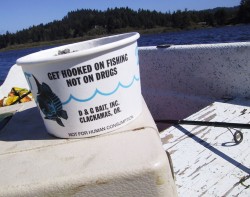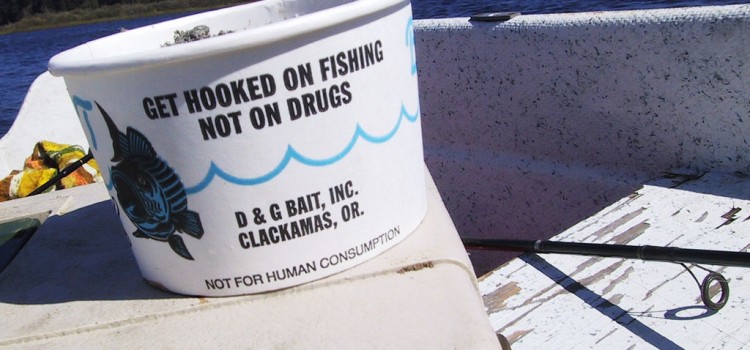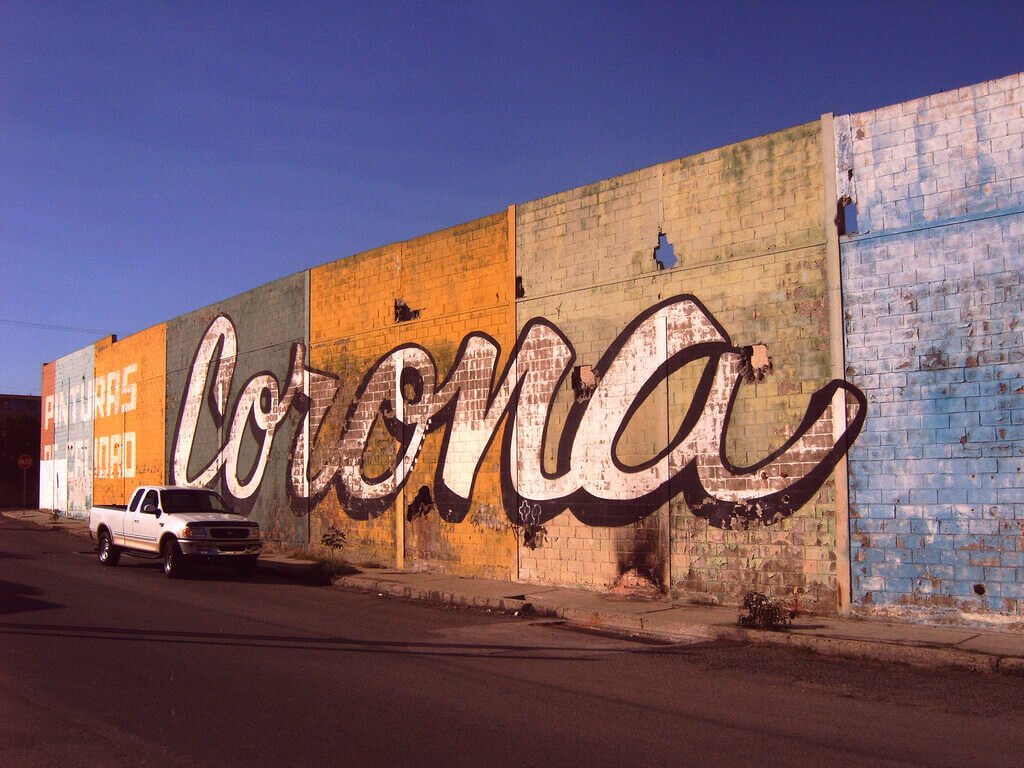 In 1987, the Partnership for a Drug Free America launched its anti-drug campaign with the now-famous “This is your brain on drugs,” public service announcement (PSA). This was not the first anti-drug PSA, and certainly would not be the last. The tone and focus of those PSAs has evolved over the last two and a half decades. Below is a timeline of several anti-drug PSAs from 1936 through the present.
In 1987, the Partnership for a Drug Free America launched its anti-drug campaign with the now-famous “This is your brain on drugs,” public service announcement (PSA). This was not the first anti-drug PSA, and certainly would not be the last. The tone and focus of those PSAs has evolved over the last two and a half decades. Below is a timeline of several anti-drug PSAs from 1936 through the present.
1936
“Reefer Madness” – Short clips from this 68-minute-long feature film have found their way around the internet. Financed by a church group and originally intended as a morality tale, “Reefer Madness” depicts various random acts of violence and descent into insanity as consequences for smoking marijuana. Unfortunately, this anti-drug film was never taken seriously and has been the target of ridicule and satire.
Circa 1960s
The American Medical Association aired an animated anti-marijuana PSA opening with common myths about marijuana use before changing tone into a stern warning of the consequences of using the drug. Because of permissive societal views toward marijuana use at the time, it is doubtful this PSA had much efficacy as a deterrent.
1980s
The launch of Partnership for a Drug Free America’s anti-drug campaign spurred a major surge in the production and airing of anti-drug PSAs. A variety of approaches were used ranging from pithy taglines and poignant vignettes to rap music videos and celebrities. The following is a sampling:
- “This is your brain on drugs.” Probably the most well-known anti-drug PSA, the metaphor is played out with an egg frying on a frying pan.
- “If you use pot, you’re not using your brain.” Up-tempo music accompanies a brain scan illustrating the normal brain activity of an average 14 year old. The music then slows as the scan slows, along with the brain activity of a 14 year old after smoking marijuana.
- “The thrill can kill.” In a starkly lit, empty room, PeeWee Herman explains that crack is both wrong and deadly.
- “Drugs are for suckas – straight up!” A music video style rap warns youths about the consequences of drug use.
- “I learned it from watching you.” A father confronts his son about using marijuana. When the father asks where the son learned how to use drugs the son replies, “I learned it from watching you.” This was part of the iconic 1987 Partnership for a Drug Free America campaign.
- “Don’t let drugs get in the way of your dreams.” A narrator’s voice admonishing against drug use is intercut with a child’s voice stating what he or she wants to be as an adult. Slow motion video clips show childhood dreams – a track star, a ballerina, a nurse – gone terribly away because of drug use.
- Drug dealer spot – A smooth-talking drug dealer slowly morphs into a snake. At first the tone is friendly, but then becomes ominous as the drug dealer explains the terrible things users will do to get their next fix.
- “If you don’t teach your children to say no to drugs, it’s as good as saying yes.” A father speaks to his son’s grave, expressing regret at not having talked to him about drugs.
- Robocop spot – Peter Weller, who plays the title character in the movie, “Robocop,” explains the Boys and Girls Clubs of America are safe, drug-free places for kids to go.
1990s
TV shows in the late 1980s and early 1990s often devoted entire episodes to encouraging kids not to use drugs. The cast of Saved by the Bell aired their own anti-drug PSA using words such as “dumb,” “stupid,” and “crazy” to describe using drugs, as well as a tagline, “There’s no hope with dope.” The Teenage Mutant Ninja Turtles also featured a PSA aimed at teaching pre-teen kids how to say no to using drugs. Other notable PSAs from this decade include:
- “Drug abuse is the new slavery.” First aired in 1991, this spot compared drug abuse to slavery.
- “Feel like everyone you know is smoking…” – A student in a high school class is surrounded by other students smoking marijuana and targets peer pressure as a cause of drug use.
- “This is your brain on drugs,” part two. In 1998, Partnership for a Drug Free America rebooted their campaign with Rachel Leigh Wood demonstrating not only what your brain on drugs looks like but the rest of your life as well by destroying a kitchen with a frying pan.
2000 to Present
The turn of the century saw the beginning of the National Youth Anti-Drug Media Campaign, Above the Influence. PSAs aired in the mid-2000s featured a strong anti-drug message. One spot showed a girl’s pet dog asking her to stop using drugs while another spot portrayed a literally deflated girl melting into a couch because of drug use while her dispirited friend looked on.
Currently, anti-drug PSAs have taken a turn toward stark realism. Darren Aronofsky’s four spots for the Meth Project make clear the nearly unimaginable, hellish consequences of meth use as teenagers in turn steal from family members, sell themselves, attempt suicide, and abandon a friend at the emergency room to get high. These spots are unnerving and ugly, a far cry from the friendly admonitions of two decades ago.
Change and Efficacy
Over the years the focus of anti-drug PSAs has slowly shifted from marijuana use to the use of prescription drugs and methamphetamines. The tactics used in the PSAs has changed somewhat as well. In addition to spots highlighting the consequences of drug abuse, Above the Influence also airs PSAs promoting how great life is without drugs with images of content and fulfilled teens enjoying life.
The effectiveness of anti-drug PSAs is a topic of much debate. A 2011 report by Ohio State University claims a four percent reduction in marijuana use by 8th graders who watched Above the Influence PSAs. However, an article featured by the Journal of Epidemiology and Community Health also in 2011 concluded anti-drug PSAs had a limited impact on illicit drug use. Whether or not statistics support the efficacy of anti-drug PSAs, it is certain they will continue to be with us for the foreseeable future.
This guest post article was written and provided by Gregg Gustafson who is a full time father, writer, and consultant for Drug-Rehab.org. Gustafson works with individuals who suffer from drug abuse, in turn referring them to some of the most prestige drug rehab centers active today.


